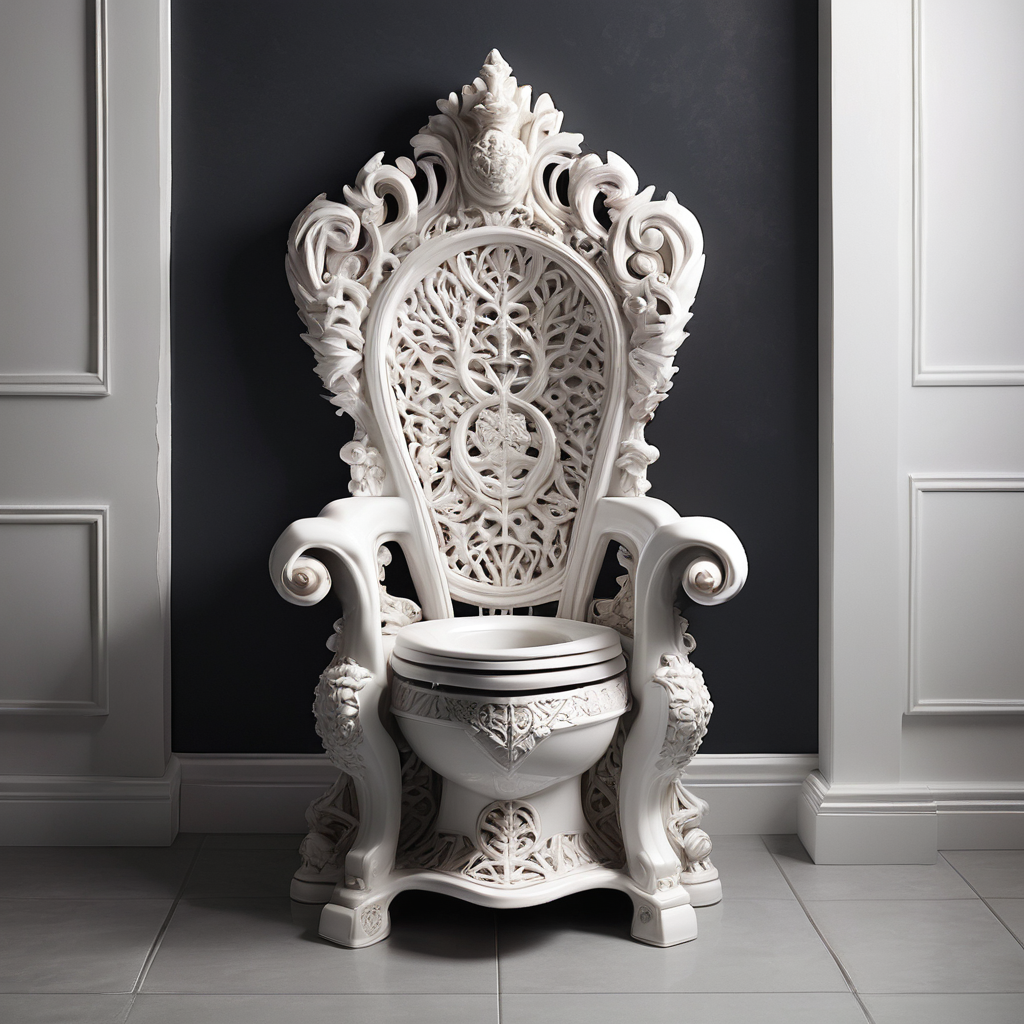
The humble toilet, often referred to as the “throne,” is an essential fixture in any home or commercial space, providing comfort, convenience, and sanitation for daily use. With advancements in technology, design, and sustainability, toilets have evolved beyond their basic function to offer a range of features and options to enhance the user experience and promote water efficiency. In this article, we will explore the different types of toilets available, key features to consider when choosing a toilet, and tips for maintaining and upgrading this essential bathroom fixture for modern living.
Types of Toilets:
- Two-Piece Toilets: Two-piece toilets consist of a separate tank and bowl that are bolted together during installation. This traditional design is widely used in residential settings and offers ease of maintenance and repair.
- One-Piece Toilets: One-piece toilets feature a seamless, integrated tank and bowl design, providing a sleek and modern look that is easy to clean and maintain. These toilets are often favored for their space-saving and contemporary aesthetic.
- Wall-Mounted Toilets: Wall-mounted toilets are mounted directly to the wall, with the tank concealed behind the wall for a minimalist and space-saving design. These toilets are popular in modern bathrooms and offer flexibility in installation height.
- Smart Toilets: Smart toilets are equipped with advanced features such as bidet functions, heated seats, automatic flushing, self-cleaning capabilities, and integrated deodorizers. These high-tech toilets offer enhanced comfort and hygiene for users.
- Water-Efficient Toilets: Water-efficient toilets, including dual-flush and low-flow models, are designed to conserve water and reduce water usage per flush. These eco-friendly toilets help lower water bills and promote sustainability in the home.
Key Features to Consider:
- Flush Mechanism: Consider the flush mechanism of the toilet, such as gravity-fed, pressure-assisted, or dual-flush options, to ensure efficient and effective waste removal while conserving water.
- Bowl Shape: Choose between round-front and elongated bowl shapes based on personal preference and space constraints. Elongated bowls offer added comfort and a modern look, while round-front bowls are ideal for smaller bathrooms.
- Seat Height: Opt for a comfortable seat height, such as standard height or comfort height (ADA-compliant), to accommodate users of all ages and mobility levels. Comfort height toilets are easier to use for individuals with mobility challenges.
- Material and Finish: Select a toilet made from durable and easy-to-clean materials, such as vitreous china or porcelain, with a finish that complements your bathroom decor. Consider factors like stain resistance and longevity when choosing a toilet.
- Installation and Maintenance: Ensure proper installation by a professional plumber to prevent leaks, malfunctions, or damage. Regular maintenance, including cleaning, inspecting seals and components, and addressing any issues promptly, can prolong the lifespan of your toilet.
Tips for Upgrading and Maintaining Toilets:
- Upgrade to Water-Efficient Models: Consider replacing older toilets with water-efficient models to reduce water consumption and lower utility costs. Look for toilets with the WaterSense label for optimal water savings.
- Install Bidet Attachments: Enhance hygiene and comfort by installing bidet attachments or bidet toilet seats that offer cleansing and drying functions. Bidets are becoming increasingly popular for their health benefits and eco-friendly features.
- Add Soft-Close Toilet Seats: Upgrade to soft-close toilet seats that prevent slamming and provide a quiet and gentle closing mechanism. Soft-close seats are a practical and convenient addition to any toilet for a more peaceful bathroom experience.
- Regular Cleaning and Maintenance: Develop a routine cleaning schedule for your toilet, including cleaning the bowl, seat, tank, and exterior surfaces with mild cleaners or disinfectants. Inspect for leaks, loose parts, or signs of wear and tear regularly to address issues promptly.
- Consider Accessibility Features: If designing a bathroom for aging in place or individuals with mobility challenges, incorporate accessibility features such as grab bars, raised toilet seats, and easy-to-reach controls for a safe and user-friendly environment.
The toilet is a fundamental fixture in any bathroom that plays a vital role in daily hygiene and comfort. By understanding the different types of toilets available, key features to consider when choosing a toilet, and tips for upgrading and maintaining this essential fixture, you can select the right toilet for your needs, enhance the functionality and aesthetics of your bathroom, and promote sustainability and efficiency in your home. Whether opting for a traditional two-piece toilet, a high-tech smart toilet, or a water-efficient model, investing in a quality toilet that meets your requirements and preferences can elevate your bathroom experience and contribute to a modern and well-equipped living space.
Cedar Hill St. Louis Jefferson County Olivette Kirkwood Ballwin Arnold Franklin County St Charles County Fenton High Ridge Dittmer Creve Coeur
